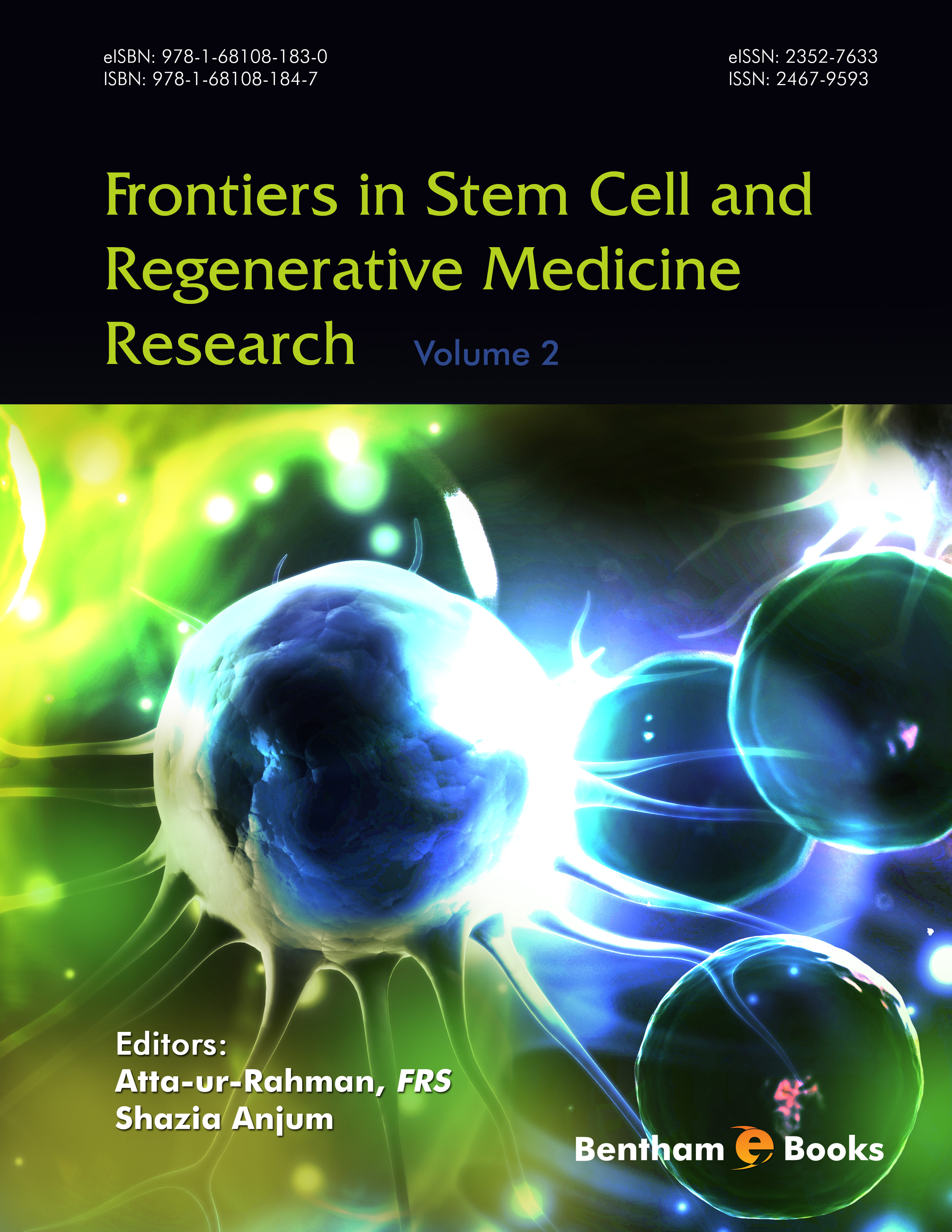Preface
The second volume of ‘Frontiers in Stem Cell and Regenerative Medicine Research’ presents comprehensive reviews contributed by leading exponents in the exciting field of regenerative medicine.
Tomokiyo et al., the Japanese group of scientists have dealt with dental tissue regeneration and elaborated the potential of dental stem cells in clinical application in Chapter 1. Martin and Metcalfe in Chapter 2 have reviewed epidermal stem cells in the context of clinical application for patients with severe cutaneous injuries. This holds the potential to significantly improve wound healing in patients and positively influence clinical outcomes. Cancer stem cells (CSCs) are a subset of cells within a tumor having self-renewal and differentiation capacity. Risueño et al. in Chapter 3 present the biological and therapeutic implications of CSCs in preclinical and clinical studies.
Recent developments on stem cells in heart regeneration have stimulated studies directed towards potential clinical applications of this field. In Chapter 4, Xiong present an overview of the progress made towards unravelling the mechanisms underlying stem cell development and heart regeneration. In Chapter 5 of this volume Li et al. present the current state of research on the differentiation potential of stem cells into ovarian cells, their limitations and future prospects within the context of regenerative medicine. Smith et al. in Chapter 6 present the challenges and opportunities in the development of induced pluripotent stem cell therapeutics with special emphasis on immuno-compatibility and immune suppression issues.
The cell cycle machinery and its associated signaling pathways play important roles in regulation of stem cell properties. Wang and Stanbridge have summarized the current understanding of the role of the cell cycle and cell cycle regulators in the process of development, pluripotency, differentiation, and reprogramming in Chapter 7. Neural stem cells (NSCs) derived from the spinal cord have been shown to be useful in peripheral nerve regeneration. However, the stem cell therapy still exibits low efficiency. In Chapter 8 Liu and Tao discuss the effects of microenvironment on neural stem cell therapy for peripheral nerve injury and recent progress in this field.
A growing number of studies on the beneficial effects of umbilical cord blood cells (UCBCs) have improved our understanding regarding fundamental neuroprotective action of transplanted cells in animal models of HIE, intrauterine hypoxia and neonatal stroke. In Chapter 9, Pimentel-Coelho et al. discussed recent data from several clinical trials and case reports that have estimated the safety and feasibility of UCBCs therapy in newborns with hypoxic-ischemic encephalopathy (HIE) and in children with cerebral palsy.
In the last chapter, Toh et al. have reviewed the stem cell-based strategies that include direct intra-articular injection of mesenchymal stem cells and implantation of tissue-engineered cartilage grafts for treatment of cartilage defects and osteoarthritis.
We owe our special thanks to all the contributors for their valuable contributions to the second volume of this book. We are also grateful to the editorial staff of Bentham Science Publishers, particularly Dr. Faryal Sami, Mr. Shehzad Naqvi and Mr. Mahmood Alam for their constant help and support.
Atta-ur-Rahman, FRS
Honorary Life Fellow
Kings College
University of Cambridge
Cambridge
UK
Shazia Anjum
Department of Chemistry
Cholistan Institute of Desert Studies
The Islamia University of Bahawalpur
Pakistan

